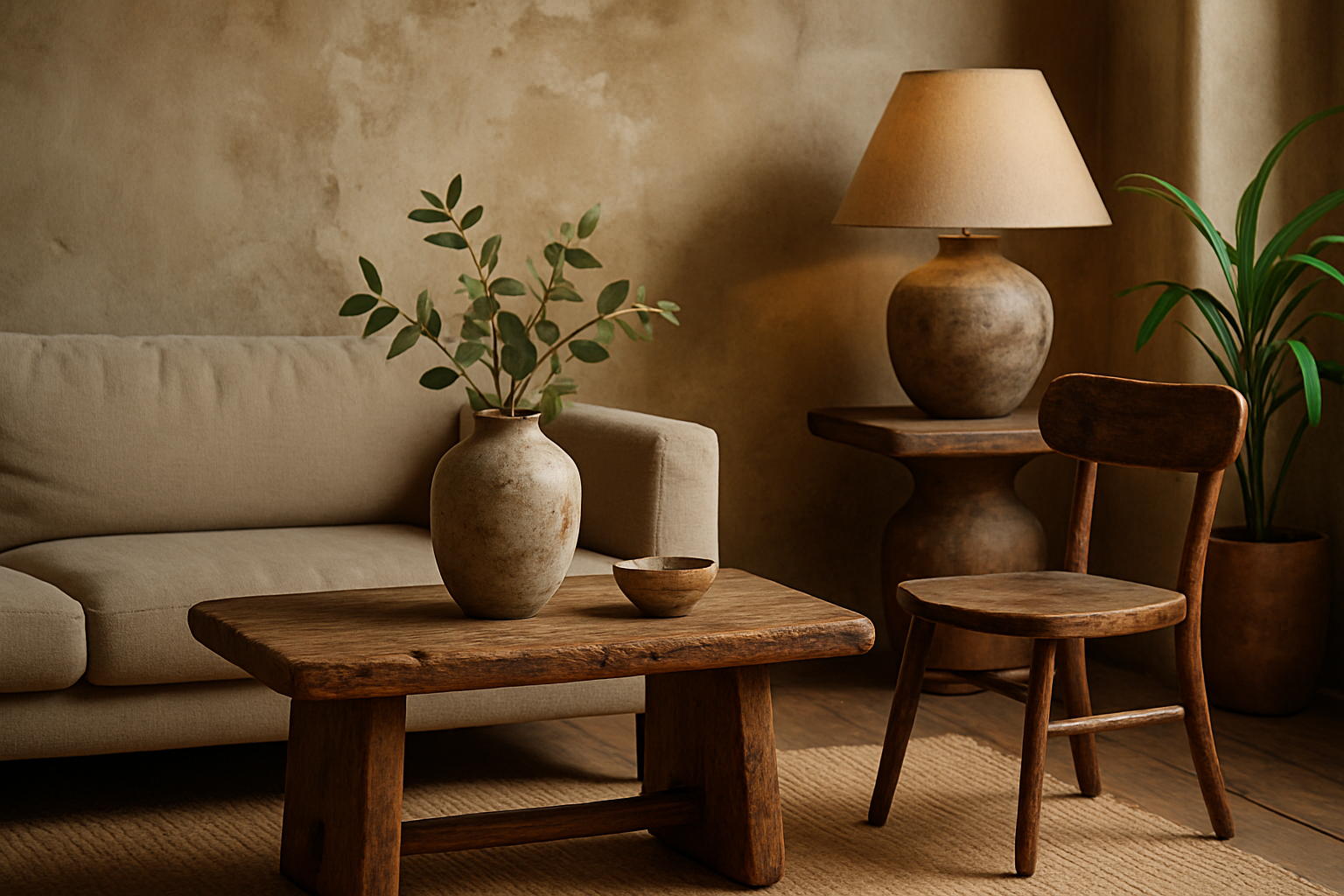Practical Guide to Choosing and Caring for Furniture
Choosing furniture involves more than picking an attractive piece — it’s a blend of function, scale, material and long-term value. Whether you are furnishing a new flat, upgrading a single room, or sourcing items from local services, sensible choices reduce waste and improve daily comfort. This guide explains key considerations for selection, maintenance and sustainable options, written for a UK audience looking for clear, practical advice.

How to choose furniture for different rooms
Start by clarifying the primary use of each room. Living rooms need durable seating and storage; bedrooms prioritise mattress support and quiet storage; dining areas require durable surfaces and suitable seating heights. Consider traffic flow, sightlines and how often you host guests. Make lists of must-have functions and desirable extras, and match styles to existing fixtures such as flooring and window treatments. Measuring twice before buying helps avoid returns and ensures pieces fit proportionately within the room.
Materials and durability to consider
Furniture materials affect longevity and maintenance. Solid hardwoods like oak and ash resist wear and can be refinished, while engineered woods offer budget-friendly stability. Upholstery choices range from natural fibres to performance fabrics; look for rub counts or performance labeling for sofas and chairs. Metal frames offer strength for minimalist designs, and laminated or veneered surfaces give easy-clean tops. Evaluate expected use — family homes may need tougher finishes — and ask retailers about warranties and repair options.
Sizing, layout and ergonomics
Good furniture layout starts with measurements. Use a tape measure and a simple sketch to plan where large items will sit relative to doors and windows. Allow adequate circulation space: typically 60–90 cm around seating for comfortable movement. Ergonomics matter for desks, chairs and sofas — seat heights and depths should support posture and relaxation. Modular or multi-functional pieces such as extendable tables or sofa beds can improve flexibility in smaller homes without compromising comfort.
Styles, trends and timeless choices
Trends can inspire, but consider mixing contemporary pieces with timeless basics to extend the visual life of a room. Mid-century, Scandi and minimalist looks remain popular because they offer clean lines and adaptability. If you follow a trend, limit it to accessories or a single focal item that is easier to replace. Neutral palettes and classic silhouettes typically provide a longer-lasting backdrop for seasonal changes, while textured materials and layered lighting can add depth without committing to a fast-changing aesthetic.
Sustainable and second-hand options in your area
Choosing sustainable furniture reduces environmental impact and often supports local businesses. Look for certified timber, low-VOC finishes and brands that offer repair services. Second-hand and vintage furniture can provide high-quality, characterful pieces at lower cost; inspect joints, finishes and upholstery before buying. Community resale platforms, charity shops and specialist local services often list items that can be refurbished. Prioritising repairable or modular items makes it easier to keep furniture in use for longer, which is better for both budgets and the planet.
Delivery, assembly and local services to check
When buying furniture, check delivery options, lead times and assembly services offered by local services. Measure entryways and staircases to ensure items can be manoeuvred into place; some retailers provide room-of-choice delivery and installation for an additional fee. Local carpenters and upholsterers can adapt or repair pieces, extending their useful life. Read customer reviews to gauge reliability, and confirm delivery insurance and return policies to avoid unexpected costs or delays.
Conclusion
Selecting furniture thoughtfully balances practical needs, aesthetics and sustainability. By measuring accurately, choosing appropriate materials, considering ergonomics and exploring local services and second-hand avenues, you can assemble a functional and pleasant home environment that lasts. Regular maintenance and sensible choices at the time of purchase reduce replacement frequency and help maintain both comfort and value over time.



